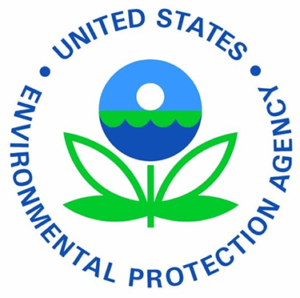Proposed UCMR 5 Signed
 On January 14th, the proposed fifth Unregulated Contaminant Monitoring Rule (UCMR 5) was signed, which would require sample collection for 30 chemical contaminants between 2023 and 2025 using analytical methods developed by EPA and consensus organizations. All community and non-transient non community water systems serving 3,300 or more people, and a representative sample of smaller water systems, will conduct monitoring for the priority contaminants between 2022-2026.
On January 14th, the proposed fifth Unregulated Contaminant Monitoring Rule (UCMR 5) was signed, which would require sample collection for 30 chemical contaminants between 2023 and 2025 using analytical methods developed by EPA and consensus organizations. All community and non-transient non community water systems serving 3,300 or more people, and a representative sample of smaller water systems, will conduct monitoring for the priority contaminants between 2022-2026.
The proposed UCMR 5 specifies assessment monitoring for 30 contaminants (29 PFAS and lithium). For more general information and the specific PFAS proposed for monitoring, access EPA’s draft factsheet here.
The total average national cost, which will fall upon systems and state regulatory agencies, is estimated at $21 million per year over the five-year effective period of the rule (2022-2026). EPA’s cost estimates utilized ASDWA’s previous 2013 State Resource Model.
EPA plans to hold two virtual stakeholder meetings during the public comment period. Topics will include the proposed UCMR 5 monitoring requirements, analyte selection and rationale, analytical methods, the laboratory approval process, and ground water representative monitoring plans (GWRMPs). Stay tuned for additional details on these webinars (dates and times), which will also be posted here.
Additional information that expands upon the details above, including EPA’s evaluation of contaminants not selected for UCMR 5 (Legionella pneumophila; four haloacetonitriles (dichloroacetonitrile, dibromoacetonitrile, trichloroacetonitrile, and bromochloroacetonitrile); 1,2,3-trichloropropane; and “total organic fluorine” (TOF)), can be found in the pre-publication here.

